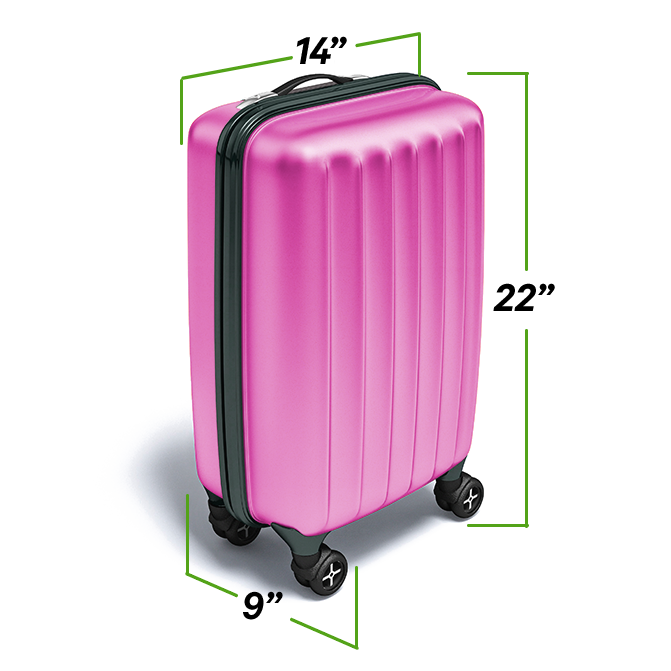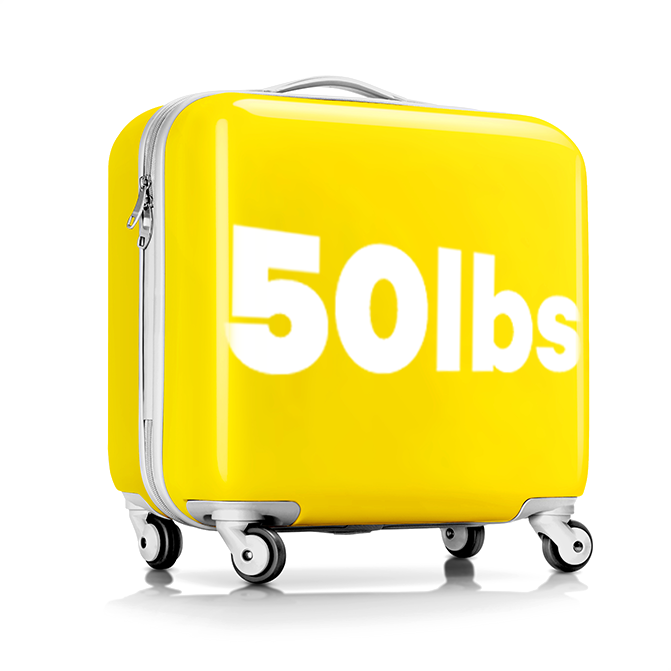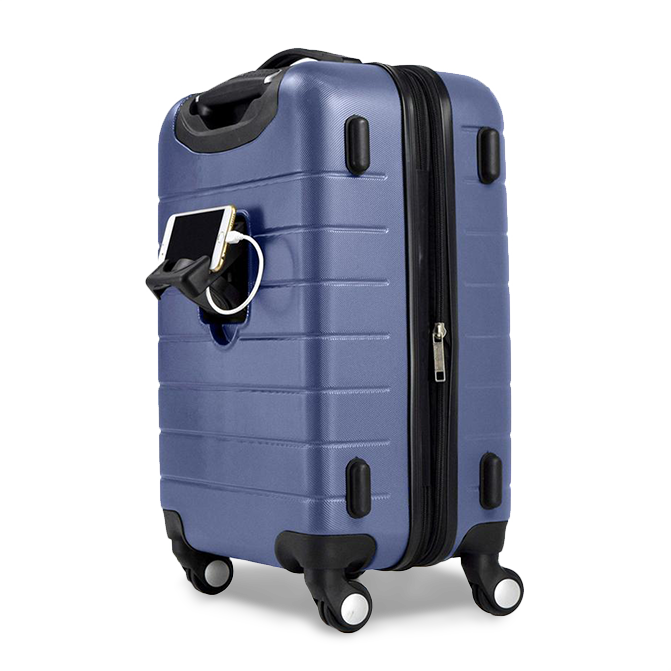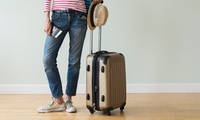GROUPON GUIDE TO CHICAGO
The Simple Guide to the Best Luggage
BY: Colleen Loggins Loster |Sep 17, 2019
Deals on Suitcases

3 Piece Spinner Luggage Set Hard Shell Lightweight Suitcase
60% discount_off
Wmart

3 or 4 Piece Set Traveling Storage Suitcase Spinner Lightweight Luggage TSA Lock
37% discount_off
Home-Like

Durable Suitcase Strap Luggage Strap Cross belt for Luggage Suitcase
67% discount_off
EpicGadget

Travel Washable Elastic Luggage Suitcase Cover Protector(Fits 18"-28")
83% discount_off
ITBELONGS2U INC

Costway 2PC Kids Luggage Set 18'' Suitcase&12'' Backpack Travel ABS Spaceman
$69.99
Costway

Costway 2PC Kids Luggage Set 12'' Backpack & 16'' Rolling Suitcase Horse
20% discount_off
Costway









